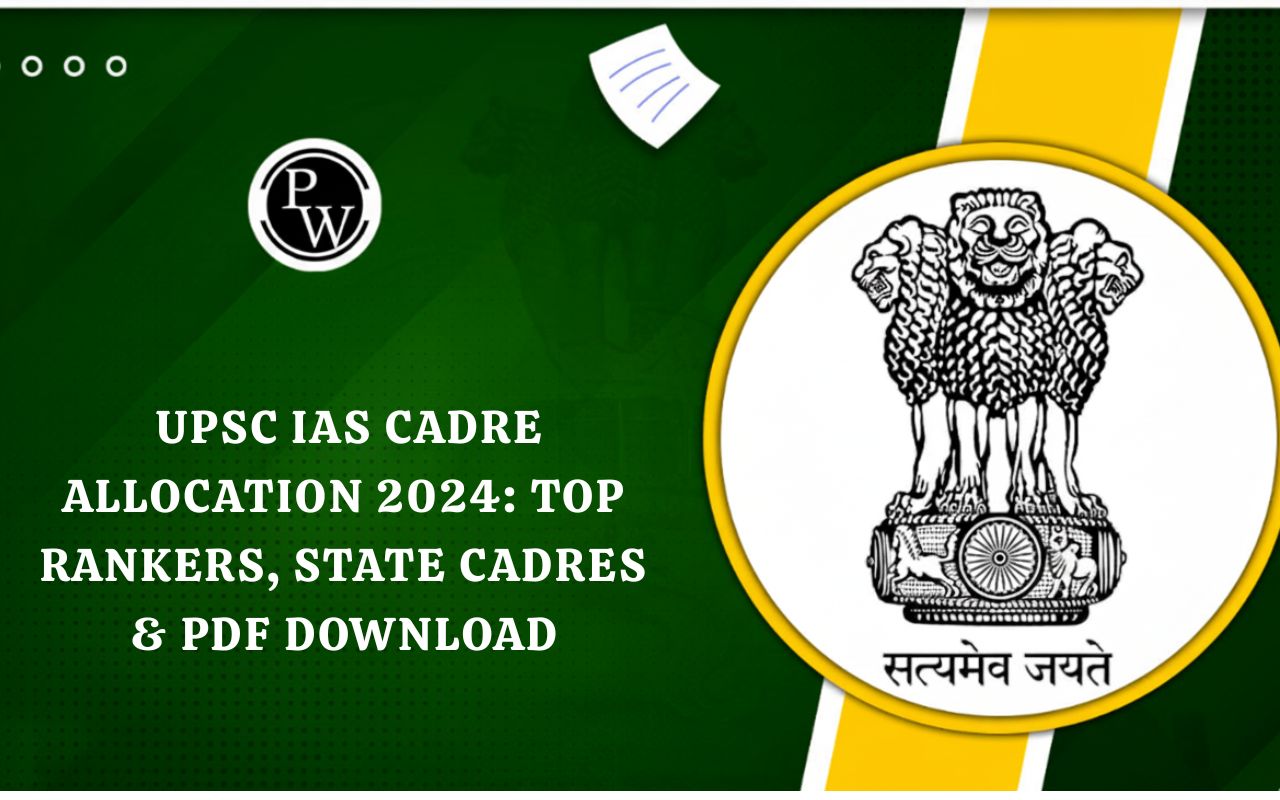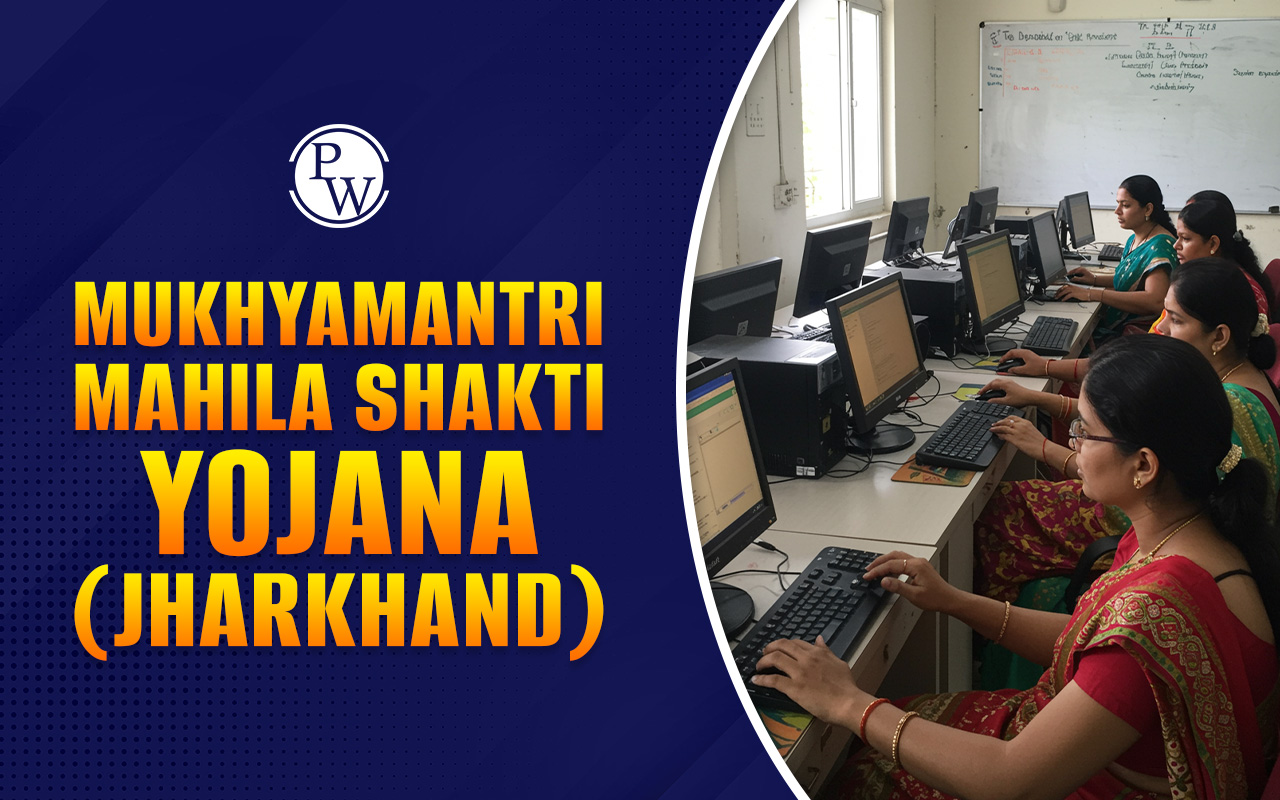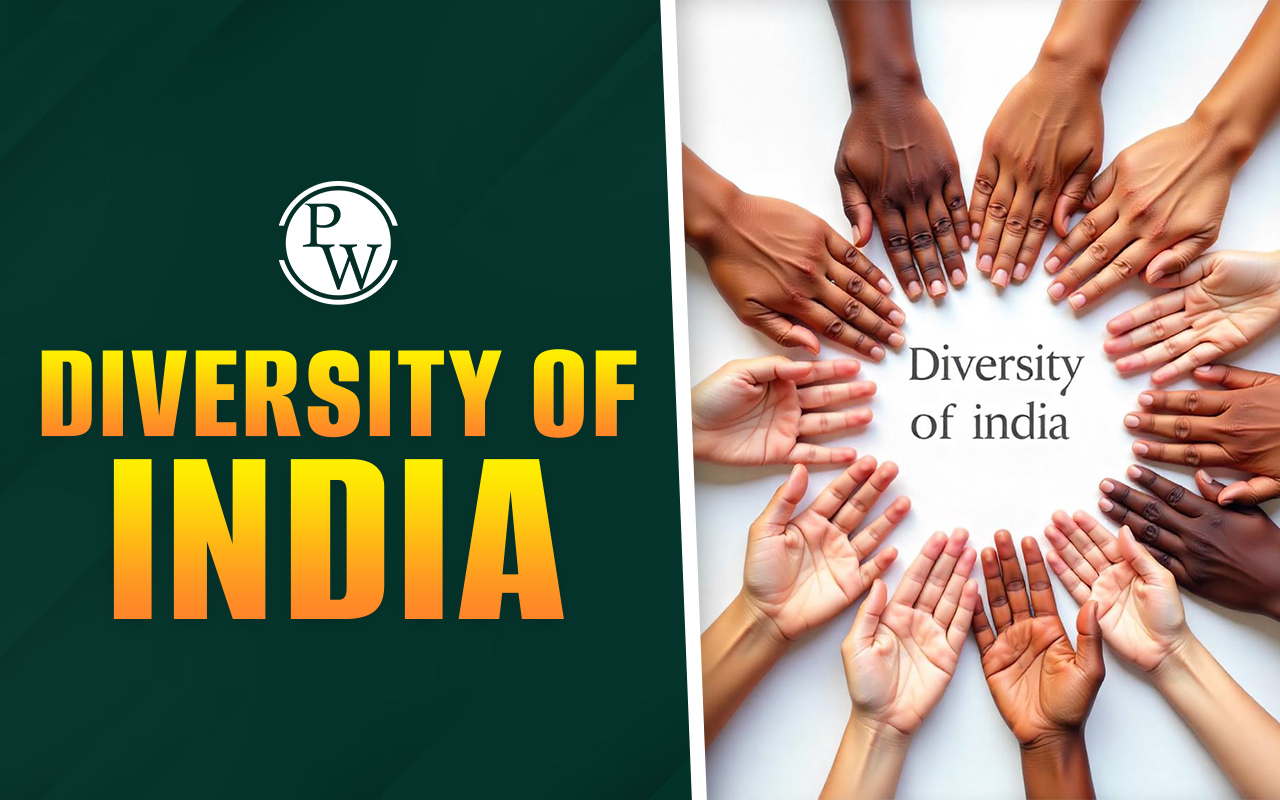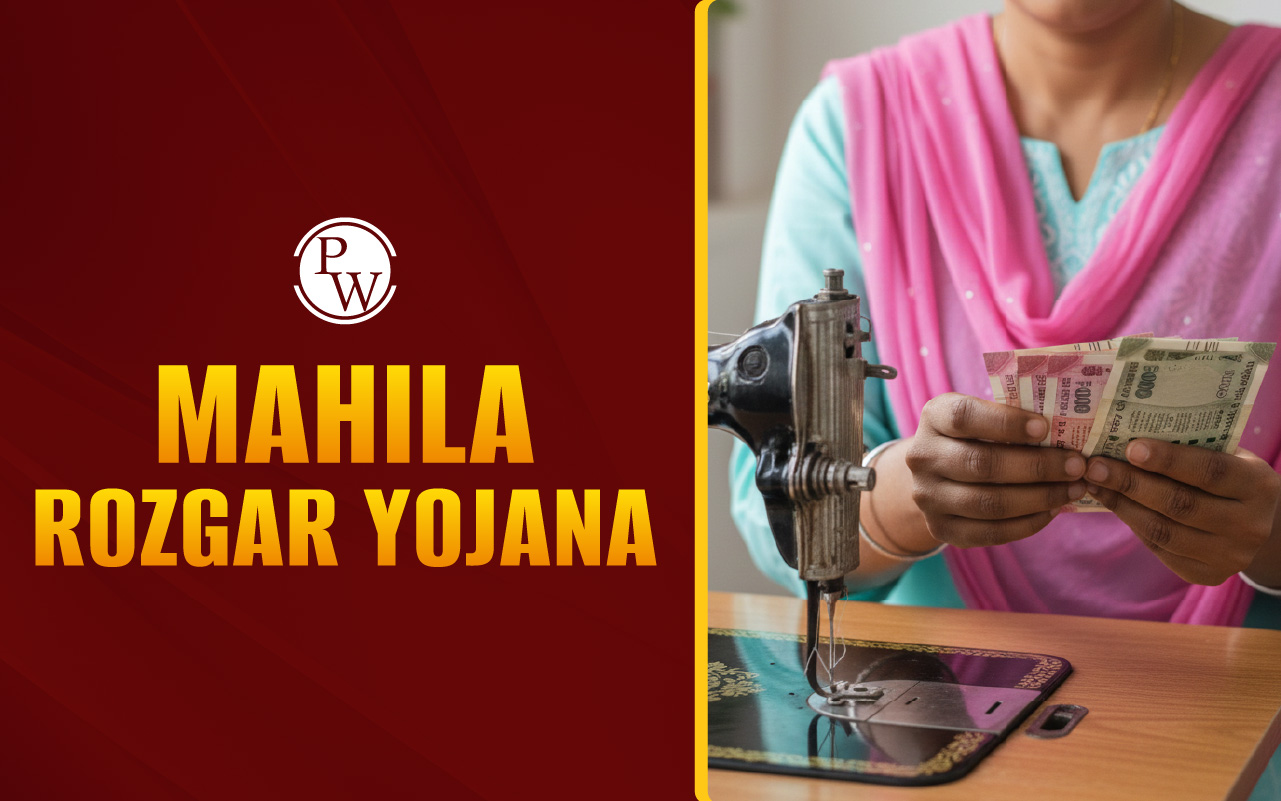
Raja Ram Mohan Roy is a widely known figure who is often remembered as the father of the Indian Renaissance, he was a great social reformer and thinker who played an important role in modernizing India during the early 19th century. The progressive ideas and contributions of Roy laid the foundation for many reforms in Indian society, particularly in areas such as women's rights, education, and religion.
For candidates who are preparing to qualify for the UPSC examination, it is necessary for them to understand the life and legacy of Raja Ram Mohan Roy for the UPSC Mains GS 1 paper , and his profound influence on India's social and cultural history.
Raja Ram Mohan Roy Jayanti 2025
Raja Ram Mohan Roy, often regarded as the pioneer of Indian social reform, was a visionary who challenged the entrenched norms of his time. Born on May 22, 1772, in Bengal, he fiercely opposed practices like Sati, advocating for women's rights and social equality. As the founder of the Brahmo Samaj, he laid the foundation for a modern, progressive India. His relentless efforts in promoting education, advocating for rational thinking, and embracing scientific ideas have left an indelible mark on India's journey toward reform and modernization. His legacy remains a beacon of enlightenment, inspiring generations to come.
Raja Ram Mohan Roy Biography
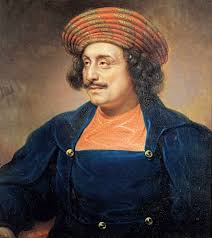
Raja Ram Mohan Roy was born on May 22, 1772, in Radhanagar, Bengal (now in West Bengal). Roy belongs to a rich Brahmin family, but his ideas surpass traditional religious boundaries soon. His father, Ramakanta Roy, was a wealthy landlord and an orthodox Brahmin, while his mother, Tarinidevi had more advanced views, which contributed to a balanced worldview for Raja Ram Mohan Roy.
From an early age, Raja Ram Mohan Roy showed a keen interest in different languages and theology. He learned Sanskrit, Persian, Arabic, and English, and he was well-versed in religious texts such as the Vedas, Quran, and Bible. Exposure to these diverse cultures and philosophies formed and shaped his ideas on religious and social reforms. Throughout their life, he was an enthusiastic promoter of monotheism, believing that there is only one god.
| Raja Ram Mohan Roy Biography | |
|---|---|
| Aspect | Details |
| Full Name | Raja Ram Mohan Roy |
| Date of Birth | May 22, 1772 |
| Place of Birth | Radhanagar, Bengal (now West Bengal) |
| Family Background | Born into a prosperous Brahmin family |
| Education |
|
| Key Contributions |
|
| Key Literary Works |
|
| Titles | The father of the Indian Renaissance |
| Death | September 27, 1833, in Bristol, England |
Intellectual Growth and Early Reforms
Exposure to many religious and philosophical traditions shaped Raja Ram Mohan Roy’s evolved and advanced perspective, but he was disturbed by many practices within Hindu society, specifically idolism, caste discrimination, and the mistreatment of women. He had travelled to Tibet and his interaction with Christian preachers there further expanded his perspectives. His writings highlight a deep concern for rationality, individual rights, and social justice.
Raja Ram Mohan Roy's Contribution to Indian Society
Raja Ram Mohan Roy contributed extensively to Indian society. His Impact can be seen in three primary areas: social reforms , religious reforms , and education .
1. Social Reforms
Raja Ram Mohan Roy significantly contributed to Indian society by initiating the campaign against the Sati practice (or Suttee ), a difficult and brutal tradition in which widows were forced to sacrifice themselves by jumping into their husband’s funeral pyre. His relentless efforts led to the abolition of Sati in 1829 by the British Governor-General Lord William Bentinck. This marked an important victory in the struggle for women's rights in India.
- The abolition of Sati is often considered one of the most massive social reforms in Indian history. For the UPSC exam, it is essential to remember that Sati was abolished by Lord William Bentinck due to Raja Ram Mohan Roy’s constant advocacy .
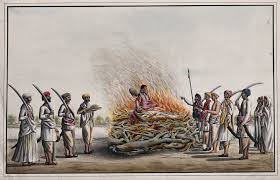
Other than Sati Pratha, Raja Ram Mohan Roy worked to improve the status of women in other ways, by supporting widow remarriage and women's education . He was a strong supporter of gender equality , and his efforts laid the foundation for further reforms in women's rights in the coming decades.
2. Religious Reforms
Raja Ram Mohan Roy’s most notable contribution to religious reforms was the formation of the Brahmo Samaj in 1828. The Brahmo Samaj is also considered the monotheistic movement that aims to reform Hinduism and promote the thinking that there is only one mighty god. Roy rejected the practice of worshipping more than one god and worked to eliminate superstitions and unnecessary rituals.
The Brahmo Samaj specifically focused on universal brotherhood promoting unity between followers of different religions. Raja Ram Mohan Roy has a vision to focus on rationality and modernity in religion which had a lasting impact on the way religion was perceived in colonial India.
3. Educational Reforms
Raja Ram Mohan Roy believes that education is the only key to India's progress. He supported modern education, especially the study of science and Western subjects. He believes that traditional Sanskrit education is also necessary but it is insufficient to prepare Indians for the challenges of the modern world.
- Roy was the key promoter in the establishment of the Hindu College in 1817 , which later became Presidency University in Kolkata . His emphasis on English and Western education helped to form a new generation of Indian intellectuals who could lead India’s freedom movement.
Raja Ram Mohan Roy also supported the idea of vernacular education. He wanted education to be accessible to all people and felt that primary education should be taught in Indian languages.
Raja Ram Mohan Roy's Literary Works
Raja Ram Mohan Roy was not only famous for his mentionable work as a social and religious reformer, but he was also an intellectual and prolific writer. His literary works highlight his deep knowledge of theology , philosophy , and social issues . Some of his key writings include:
- Tuhfat-ul-Muwahhidin (A Gift to Monotheists) – This was one of the earliest works of Roy, originally written in Persian, in which he criticized believing in more than one god and supported monotheism (the belief in only one mighty god).
- Gaudiya Vyakaran – This is a grammar book which is written in Bengali, which contributed to the standardization of the Bengali language.
- Precepts of Jesus – A comparative study of Christian theology where he highlighted the moral teachings of Jesus over the supernatural aspects of Christianity.
His works and writings were key performers in spreading his reformist ideas and awakening a sense of rationality and modernity among his followers.
The Father of the Indian Renaissance
Raja Ram Mohan Roy is also known as the father of the Indian Renaissance because he made efforts to modernize Indian society. His actions and visions were ahead of his time, and he aimed to balance Western modernity with Indian tradition. His zeal as a reformist covered a broad range of issues, from women's rights and religious reform to education and rational thinking.
He was an active promoter of modern education, the abolition of Sati, and the establishment of the Brahmo Samaj which all together contributed to creating an intellectual and cultural awakening in India, this whole process is known as the Bengal Renaissance.
For UPSC aspirants, it is important to understand how Raja Ram Mohan Roy laid the foundation for future reform movements in India, making him a key figure in India's socio-cultural history.
Raja Ram Mohan Roy's Death Anniversary
Raja Ram Mohan Roy died in Bristol, England, on September 27, 1833 . Raja Ram Mohan Roy's death anniversary is a reminder for all the people of India, that we lost one of India’s greatest reformers. However, the work and visions of Roy left a deep impression on Indian society, which will inspire future generations of social and political leaders. His role as the father of the Indian Renaissance is undivided, and his vision for India rooted in rationalism, equality, and progress continues to resonate.
Raja Ram Mohan Roy and UPSC Relevance
For UPSC aspirants, Raja Ram Mohan Roy's biography and his social reforms offer a rich perspective to candidates for questions related to modern Indian history, social reform movements, and constitutional developments. The legacy of Roy as the father of the Indian Renaissance , his contributions to the abolition of Sati, and his promotion of education and political rights are key topics for the UPSC Mains GS 1 Paper syllabus.
Conclusion
In conclusion, Raja Ram Mohan Roy remains a famous figure whose intellectual and social contributions continue to be celebrated and studied, especially on occasions like Raja Ram Mohan Roy's birth anniversary and Raja Ram Mohan Roy's death anniversary . His work stands as an example of the transformative power of education, reason, and reform, making him an essential figure for topics like Indian history and governance.
Looking for guidance in UPSC preparation? Enroll in the best courses offered by Physics Wallah!
| Related Article | |
| National Nutrition Week 2024 | International Day of Democracy 2024 |
| World Ozone Day 2024 | Hindi Diwas 2024 |
| International Literacy Day 2024 | World Humanitarian Day 2024 |
Raja Ram Mohan Roy FAQs
Q.1 What was Raja Ram Mohan Roy famous for?
Q.2 Why is Raja Ram Mohan Roy called Raja?
Q.3 Who called Raja Ram Mohan Roy the father of the Indian Renaissance?
Q.4 Who is called the father of modern India?
Q.5 What are Raja Ram Mohan Roy’s contributions to Indian society?
Q.6 When are Raja Ram Mohan Roy’s birth and death anniversaries?


